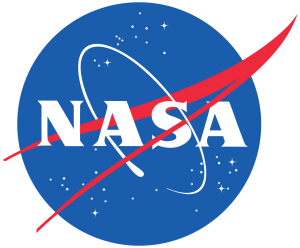
HABET was founded in 1993 with the help of the Central Iowa Technical Society. It became a part of the Space System and Controls Lab in 1995 under the leadership of the Iowa Space Grant Consortium, under which it became the flagship project. HABET has since became an integral part of Make to Innovate, allowing students to continue designing, building and flying experiments in near space conditions. In addition to the over 120 high-altitude flights, 40 tethered flights, and an altitude record of 121,793 feet, HABET has collaborated with NASA, Boeing, and Stanford University.
![]()


The following is an excerpt from Ralph Wallio, W0RPK, on the beginnings of the HABET program at Iowa State University.
“HABET was started by the Central Iowa Technical Society (CITS) an Amateur Radio organization. CITS launched four HABET flights, HABET-1 through HABET-4, 1993-1994, from the rural home of Ralph Wallio, W0RPK, in north central Warren County. HABET-1 was a traffic load test on a packet radio digital repeater which was developed to fly on STS (this payload did not fly on STS but it began the process that resulted in ARISS today). Flights HABET-2, -3 and -4 included GPS telemetry, Amateur Radio repeaters (23>70cm) and numerous experiments.”
“Starting with discussions with the Iowa Aerospace Education Council and with leadership by Bill Byrd, Director Iowa Space Grant Consortium, the HABET program was transferred to Iowa State University and its Spacecraft Systems and Operations Laboratory (SSOL). ISU/HABET-5 (19May95) and -6 (01Jul95) were launched from Ralph Wallio’s home as introduction and training flights for ISU students and with funding from the Iowa Space Grant Consortium (ISGC). Following ISU/HABET flights were all managed, designed, assembled, launched and recovered by ISU students from Ames Airport and ISU Ames campus. After HABET was taken in under the SSOL, it became a core project for the lab. Students worked on designing and building the payloads that were used. In addition, students worked hard on making the operations side of the missions safe and effective for all those that were participating. HABET also expanded it’s payload to not only include amateur radio payloads, but to include other scientific payloads as well. This led the HABET team to have additional students involved from many different departments as well as research flights for faculty and students. HABET has also collaborated with groups outside the university including NASA/Stanford which flew worms up to 100,000 feet.”
–Ralph Wallio, W0RPK